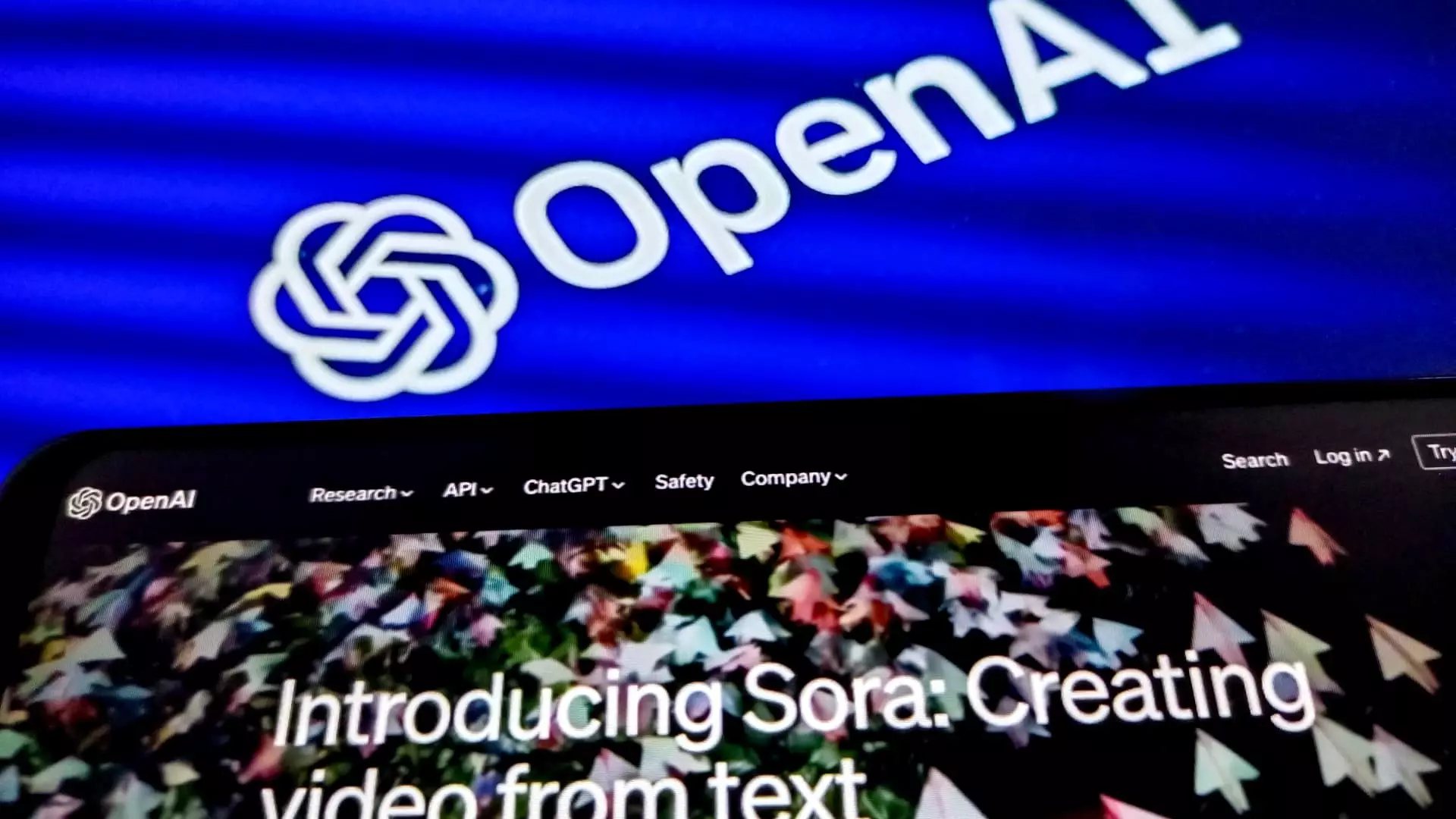The recent departures within OpenAI’s leadership, particularly that of Chief Technology Officer Mira Murati and several other high-profile executives, signal a tumultuous period for the company. Yet amidst these shifts, the startup, backed by prominent investors like Microsoft, is working to maintain investor confidence while preparing for an impressive funding round. The current dynamics within OpenAI present a blend of challenges and opportunities, which warrants a closer examination.
The announcement of Murati’s departure, along with those of key research leaders Bob McGrew and Barret Zoph, has raised eyebrows in the industry. These exits suggest a potential instability at the executive level, which can understandably concern investors. In her communication to stakeholders, CFO Sarah Friar emphasized the importance of context, arguing that leadership transitions, while challenging, are not insurmountable hurdles. She highlighted the talent still present within the organization, pitching OpenAI’s remaining leadership as capable of guiding the firm through this critical juncture.
However, the effective management of talent is imperative in a rapidly advancing field like artificial intelligence. A significant attrition rate, especially among top-tier talent, could lead to missed opportunities and an inability to leverage the strategic advantages afforded by industry expertise. Though Friar asserts that the company’s leadership bench remains strong, one must question whether the remaining executives possess the vision and momentum needed to adapt to the industry’s fast-paced demands.
Despite the leadership challenges, OpenAI is gearing up to close a massive funding round estimated at $6.5 billion, which is poised to elevate the company’s valuation to approximately $150 billion. Such substantial backing, especially from organizations like Thrive Capital, demonstrates investor belief in OpenAI’s potential. However, one must ponder the sustainability of this support in the wake of significant executive losses. Will investors remain committed when the company displays signs of instability at the highest levels?
The oversubscription of this funding round indicates a strong appetite among investors, perhaps bolstered by OpenAI’s continued innovations in the AI space and its partnerships with tech giants like Microsoft and Apple. However, the narrative presented by Friar must be supported by concrete actions that can effectively reinforce investor trust. OpenAI’s transparent communication could play a pivotal role in alleviating investor concerns and ensuring the support required during this transitional phase.
The departure of talented leaders, while alarming, can present an opening for new voices and ideas within a company. Friar’s assurance that capable leaders remain is necessary, but it rings somewhat hollow in light of the numerous exits. New appointments like Mark Chen as senior vice president of research may indeed bring fresh perspectives. Yet, the challenge lies in whether these new leaders can redistribute their expertise to retain OpenAI’s competitive edge.
Additionally, OpenAI’s commitment to focusing on sustainable revenue models and delivering value remains a cornerstone of their strategy. As the industry landscape becomes increasingly competitive—with rivals such as Anthropic enticing co-founders away—OpenAI must aggressively pursue innovation while managing its resources efficiently. The balance between nurturing the existing talent pool and bringing in new talent will be crucial in ensuring that OpenAI not only maintains but extends its leadership in the AI sector.
OpenAI stands at a pivotal moment characterized by both uncertainty due to leadership changes and optimism propelled by significant investment opportunities. As Friar and Altman attempt to navigate this complex terrain, they will need to showcase a clear vision and tangible results to quell any investor apprehensions stemming from personnel transitions.
The journey ahead will demand resilience and adaptability. OpenAI must leverage its existing talent, harness new ideas from incoming leaders, and effectively communicate with its investors. With the right strategies in place, OpenAI has the potential to emerge from this challenging period not only intact but stronger, continuing its mission to democratize AI technology while solidifying its status as an industry leader.

Leave a Reply